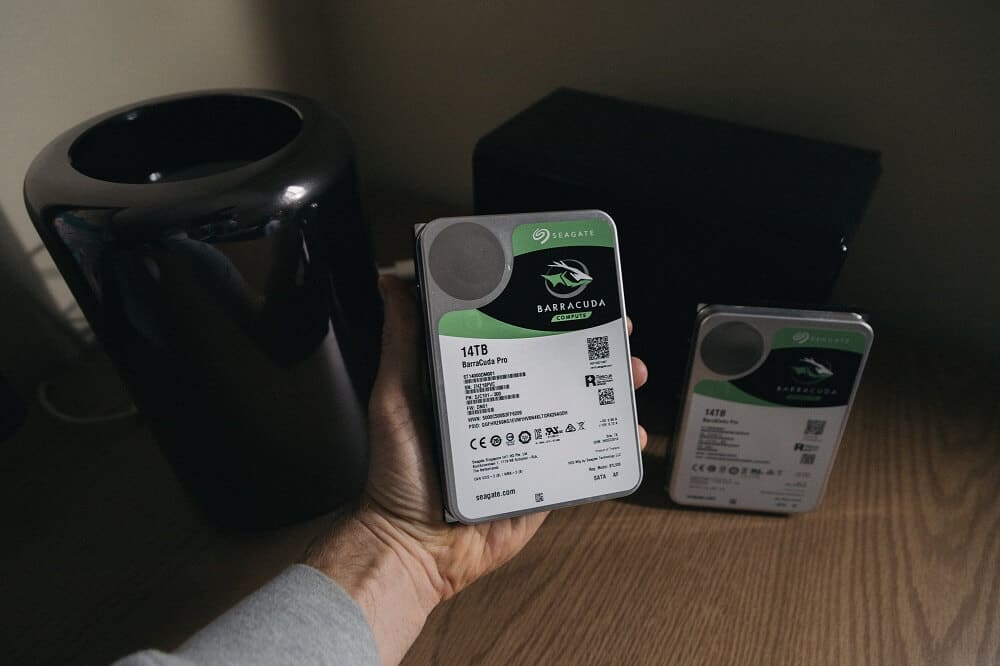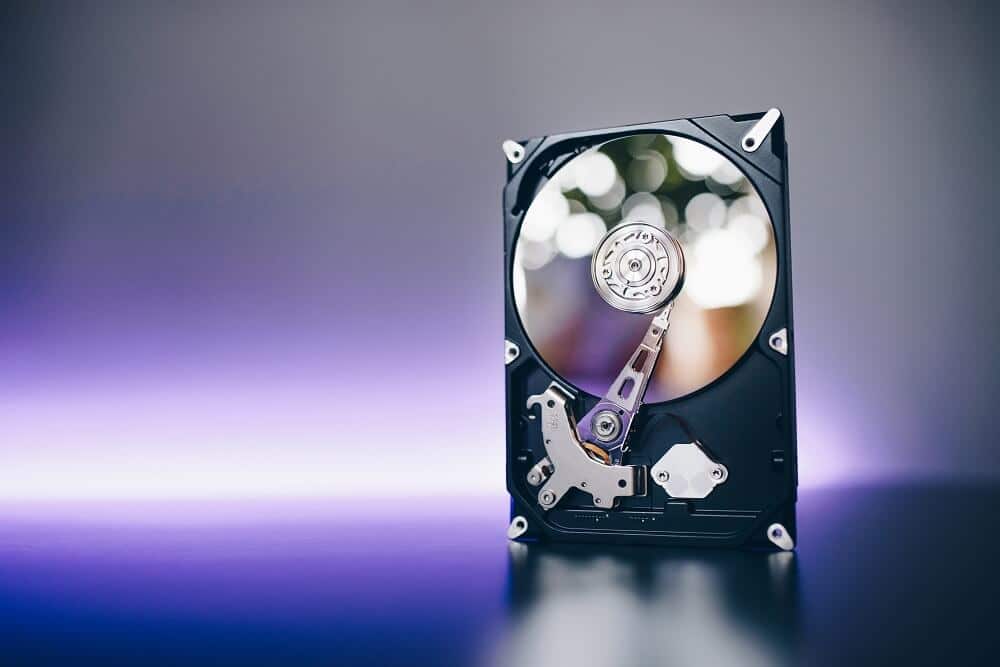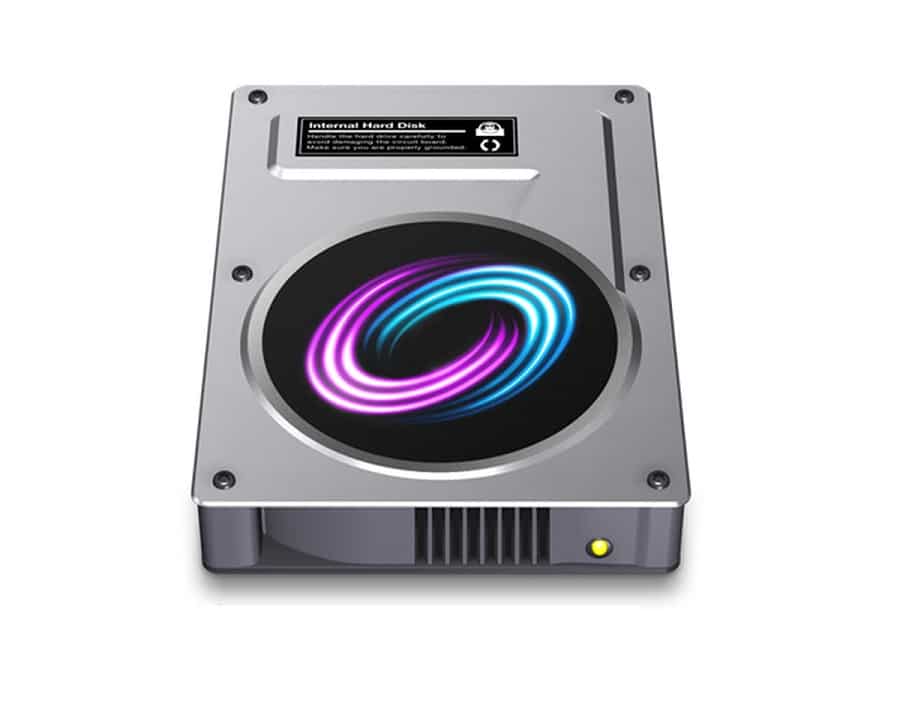Mac Fusion Drive Vs SSD Vs Hard Drive

Mac Fusion Drive Vs SSD Vs Hard Drive: So, you have fulfilled that lifelong dream of buying a MacBook. As you know by now, that you do not have a wide range of customization options with this gadget. However, there is one aspect where you can apply the same – the storage space. Although this feature brings back the power in your hands, it can also create confusion. This is especially true in case you are a beginner or someone who does not have a technical background. In general, you are going to have three options – a Fusion Drive, a Solid State Drive (SSD) which is also known as Flash Drive, and a Hard Drive. Confused much?

That is why I am here to help you. In this article, I am going to walk you through all these three different drives and which one you should get for your beloved Mac. You will know every little detail available under the sun by the time you finish reading this article. Therefore, without further ado, let us begin comparison of Mac Fusion Drive Vs SSD Vs Hard Drive. Keep on reading.
Mac Fusion Drive Vs SSD Vs Hard Drive
Fusion Drive – What is it?
First of all, you might be wondering, what on earth a Fusion Drive is. Well, a Fusion Drive is basically two distinct drives that have been fused together. These drives consist of a Solid State Drive (SSD) along with a Serial ATA Drive. Now, in case you are wondering what the latter means, it is your regular hard drive along with a spinning plate inside.
The data that you do not use much will be stored on the hard drive. On the other hand, the macOS operating system is going to keep the files that are accessed on a regular basis such as apps as well as the operating system itself on the flash storage section of the drive. This, in turn, will enable you to access a particular data quickly and without much hassle.
The best part of this drive is that you get the advantages of both sections. On the one hand, you can operate much faster as the frequently used data can be gathered at a higher speed from the flash section of the fusion drive. On the other hand, you are going to get a massive storage space for organizing all the data such as photos, videos, movies, files, and much more.
In addition to that, the Fusion Drives will cost you much less amount of money than a similar SSD. For example, Fusion Drives, in general, comes with 1 TB of storage. To buy an SSD with a similar storage space, you are going to have to shell out around $400.
SSD – What is it?
Solid State Drive (SSD), also known as Flash Hard Drives, Flash Drive, and Flash Storage, is the type of storage space you are going to witness in premium-end laptops such as Ultrabooks. For example, every MacBook Air, MacBook Pro, and many more come with SSDs. Not only that but in recent times the Flash Storage interface is also now being used in SSDs. As a result, you are going to get enhanced performance along with higher speed. Therefore, if you see an iMac with Flash Storage, keep in mind that it is actually an SSD storage.

To put it in a nutshell, any Flash-based iMac offers you a Solid State Drive (SSD) for storage needs. The SSD gives you enhanced performance, higher speed, better stability, and longer durability, especially when you compare it to a Hard Disk Drive (HDD). In addition to that, SSDs are definitely the best option when it comes to Apple devices such as an iMac.
Hard Drives – What is it?
Hard Drives are something that has been the most widely used storage device if you do not look at the floppy disk. They are definitely efficient, come at a lower cost, and offer you massive storage spaces. Now, they were not always as cheap as they are now. Apple sold a 20 MB hard drive for a whopping amount of $1,495 in the year 1985. Not only that, this particular disk even portrayed a lot slower speed, spinning at a mere 2,744 RPM. A good many hard drives that were available back then had a higher speed than it.

Cut to the present time, hard drives today have a speed ranging from 5,400 RPM to 7,200 RPM. However, there are hard drives with higher speeds than this. Keep in mind that higher speed does not always translate to better performance. The reason behind this is there are other aspects at play that can cause a drive to write as well as read data faster. The hard drive has come a long way – from the meager 20 MB storage offered in the 1980s, now they come with a common capacity of 4 TB, and sometimes even 8 TB. Not only that, but the manufacturers who develop hard drives have also released them with 10 TB and 12 TB storage spaces. I would not be surprised if I see even a 16 TB hard drive only later this year.
Also Read: What is a Hard Disk Drive (HDD)?
Now, coming to the money you need to spend on them, hard drives are the cheapest among storage space devices. Now, that comes with its own set of drawbacks, of course. To reduce the cost, hard drives carry moving parts. Therefore, they can get damaged in case you drop the laptop that has a hard drive inside it or if something goes wrong in general. In addition to that, they also have more weight along with the fact that they make noise.
Fusion Drive Vs. SSD
Now, let us talk about the differences between Fusion Drive and SSD and what would suit you the most. So, as I have already mentioned earlier in this article, the most significant difference between a Fusion Drive and an SSD is its price. In case you would like to have a large capacity drive because you have a lot of data that you like to store, but also do not want to spend a large sum of money, then I would suggest you buy a Fusion Drive.
Keep in mind, however, that price should not be the only detrimental factor. When it comes to a Fusion Drive, they are much like HDDs, with moving parts that are susceptible to damage in case you drop the laptop somehow. This is something you would not experience with an SSD. In addition to that, the Fusion Drive is a bit slower when compared to an SSD. However, I would have to say the difference is negligible.
Fusion Drive Vs. HDD
So, at this point, you are probably thinking why not just buy a standard Hard Disk Drive (HDD) and be done with it? You would have to spend a lot less money as well. But, allow me to say this, it does not really cost a huge sum of money when you upgrade to a Fusion Drive from an SSD. In fact, most of the Macs that are coming up in recent times already offer a Fusion Drive as a standard.
To give you an example, in case you want to upgrade a 1 TB HDD to 1 TB Fusion Drive in an entry-level 21.5 in iMac, you would have to spend around $100. I would suggest you make this upgrade since it is always better to take the benefits of the SSD option. Some of the most useful advantages you will get are the iMac will start up within seconds, which might have taken minutes earlier, you will see a faster speed in every command, apps are going to launch quicker, and many more. With a Fusion Drive, you will get a significant speed boost than your standard HDD.
Conclusion
So, let us come to the conclusion now. Which one of these should you make use of? Well, in case what you want is the best possible performance, I would suggest you go with a dedicated SSD. Now, to do that, yes, you would need to pay a lot more money for even the lower storage options. Still, it is better than getting a mid-range Fusion Drive, at least in my opinion.
On the other hand, you can go for a Fusion Drive in case you do not need optimal performance. In addition to that, you can also go for an SSD iMac version along with keeping an external HDD connected. This, in turn, is going to help you with storage space.
In case you are an old school and does not really care about high-end performance, you can get away with buying a standard Hard Disk Drive (HDD).
Recommended: SSD Vs HDD: Which one is Better and Why
Okay, time to wrap up the article. This is all you need to know about the Mac Fusion Drive Vs. SSD Vs. Hard Drive. In case you think I have missed any particular point or if you have a question in mind, do let me know. Now that you are equipped with the best possible knowledge, put it to the utmost use. Give it a good amount of thought, make a wise decision, and make the most out of your Mac.
